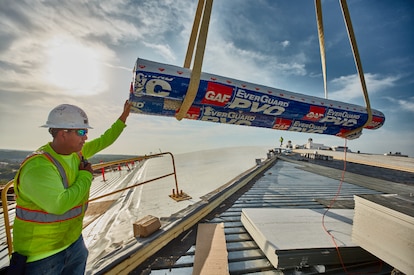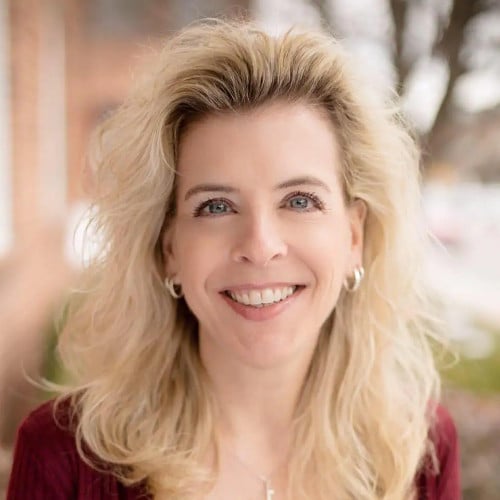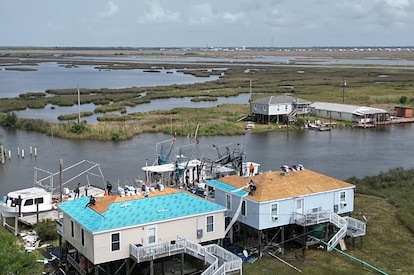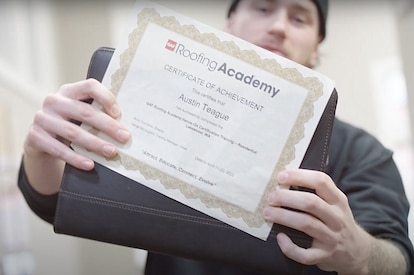
Commercial Roofing
How PVC Experts Can Help Design Specialized Roofing Projects
With the growing popularity and versatility of PVC roofing systems, GAF has responded by building a team of PVC experts to aid architects, specifiers, and the design community in project success. These highly trained and experienced professionals offer 1:1 support to help answer customers' questions and unique needs when working with PVC on roofing projects, and are here to help you!PVC, or polyvinyl chloride, is a single-ply thermoplastic roofing membrane. The material's characteristics help it thrive in particularly challenging applications. In fact, PVC roofing systems have a proven track record in the US, first introduced in the 1970s after making their debut in Germany a decade earlier.Here's a look at the benefits of PVC roofing systems as well as the guidance and support offered by the PVC experts at GAF.PVC Roofing Advantages and ApplicationsWhile several materials are available for use in roofing systems, PVC has been identified as a particularly long-lasting option. Accordingly, it's steadily grown in popularity nationwide.David Allor, senior area PVC specialist, joined the GAF team in 2022 as a PVC expert. His role was created specifically to support roof designers. Allor has an extensive background in the commercial roofing industry and extensive knowledge about PVC as a high-performance roofing solution."The industry refers to it as a very spec-driven product, and I believe what they're speaking to is a specifier's preference to work with a product that's been well established in the market and field tested," Allor shares. "It has the ability to provide protection against chemical exposure* and stand up well to challenging environments."While PVC may be a spec-driven product, it's also application-driven. Allor explains that PVC roofs may help provide protection for restaurants, food manufacturers, and packaging plants—any facility using animal fats where oils may be exhausted.* He also says that even if the building itself isn't exhausting gases, grease, or chemicals, it's important to consider the buildings and structures that surround it, as their exteriors may be subjected to exhaust that could degrade roofing systems.*Supporting the Design CommunityAs North America's largest roofing materials manufacturer, GAF has equipped teams with the resources and specialists needed to supply customers with more than just products. In recent years, the company built a solid team of PVC specialists that cover the entire US. These specialists assist customers with PVC specifications, roof system designs, and whatever else designers need to ensure successful project outcomes.Whether your project or design firm is based in the Northeast, Southeast, Southwest, Midwest, or West Coast, a PVC specialist is positioned to help. Allor explains the team of GAF PVC specialists is active in the organizations specifiers belong to, including the American Institute of Architects, the Construction Specifications Institute, and the International Institute of Building Enclosure Consultants.Allor describes the team's role as supporting the customer and connecting them to other GAF project support teams that can help. For instance, he said he called on a leading architectural design firm in the Boston area—and two months later, someone reached out for assistance with a specific project needing a tight turnaround."Literally within 12 hours of them reaching out to us, we replied and committed to three pertinent deliverables, those being a Tapered ISO Design Package, an Assembly Letter confirming all FM Requirements, and last but not least, a conference call the next day with the Building and Roofing Science team to go over three critical transitional details." Allor says.Committing to Successful Project OutcomesThe PVC specialists at GAF are focused on one goal: helping architects, specifiers, and the roofing design community achieve successful project outcomes through a high-performing PVC roofing system. With professionals like Allor providing insight and guidance, you can rest assured your PVC project will be in good hands.Ready to get started on your next PVC roofing project? Explore the different PVC roofing solutions available, and visit this page to find your local PVC roofing specialist who is ready to assist you.*GAF warranties and guarantees do not provide coverage against exposure to chemicals, grease, oils, animal fats or exhaust. Refer to gaf.com for more information on warranty and guarantee coverage and restrictions.
By Authors Karen L Edwards
April 22, 2024



